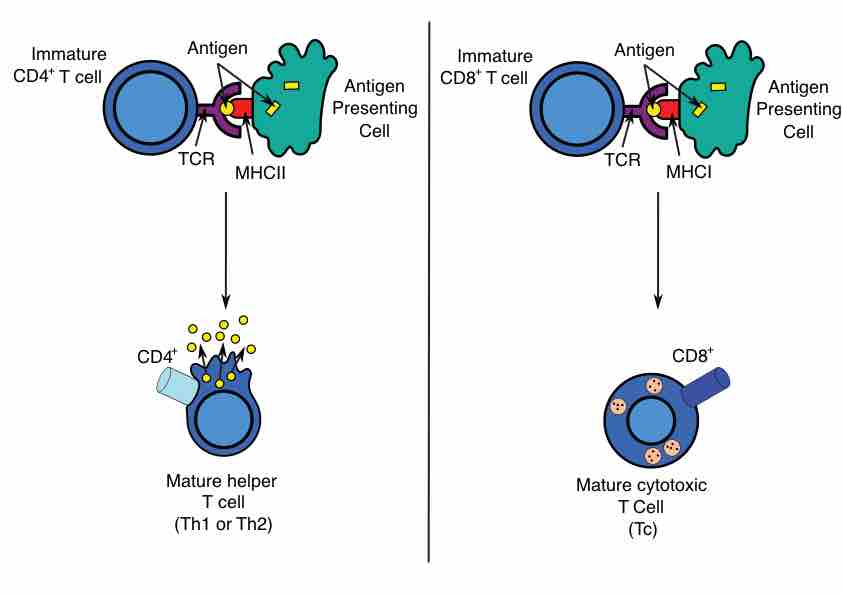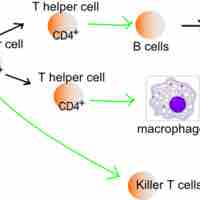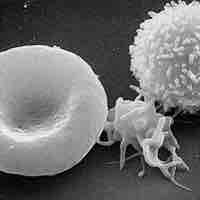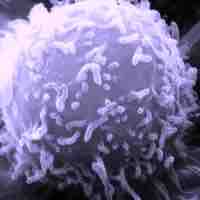Section 3
Adaptive Immunity
Book
Version 29
By Boundless
By Boundless
Boundless Anatomy and Physiology
Physiology
by Boundless
5 concepts

Overview of Adaptive Immunity
The adaptive immune system is composed of highly-specialized systemic cells and processes that eliminate or prevent pathogenic growth.

Types of Adaptive Immunity
The adaptive immune response is mediated by B and T cells and creates immunity memory.

Maturation of T Cells
T cells originate from hematopoietic stem cells in the bone marrow and undergo positive and negative selection in the thymus to mature.

Lymphocytes
A lymphocyte is a type of white blood cell in the vertebrate immune system.

Antigen-Presenting Cells
Antigen presentation is a process where immune cells capture antigens and then enable their recognition by T-cells.